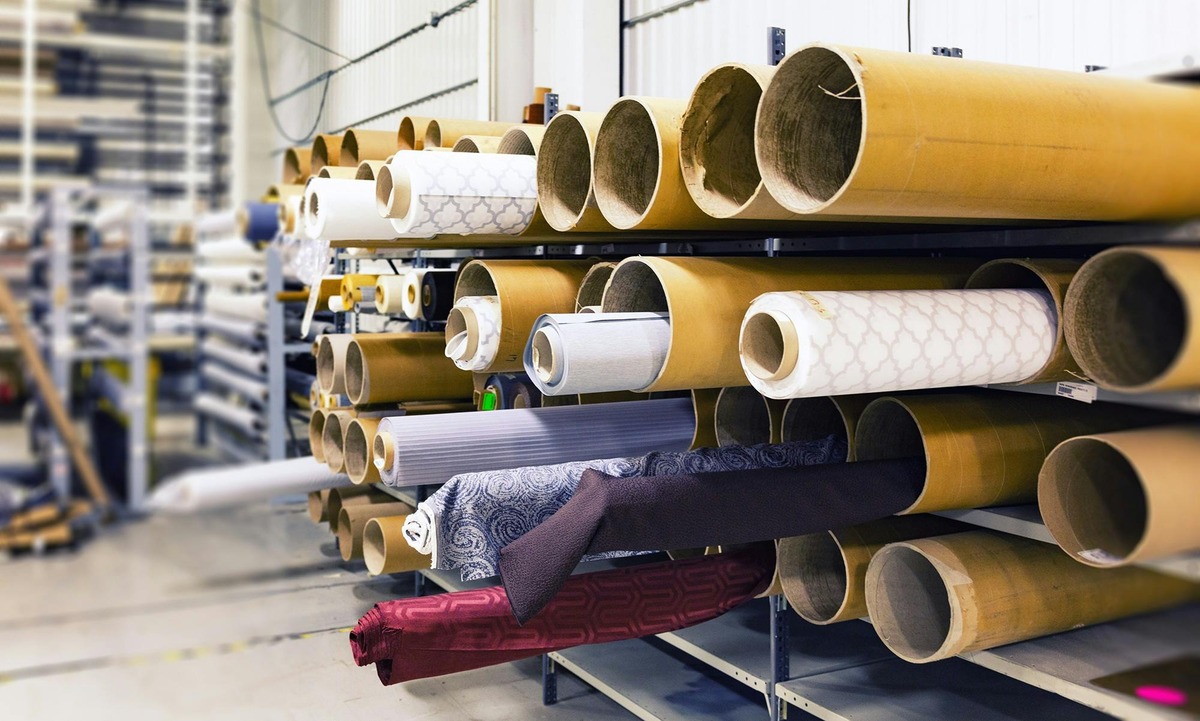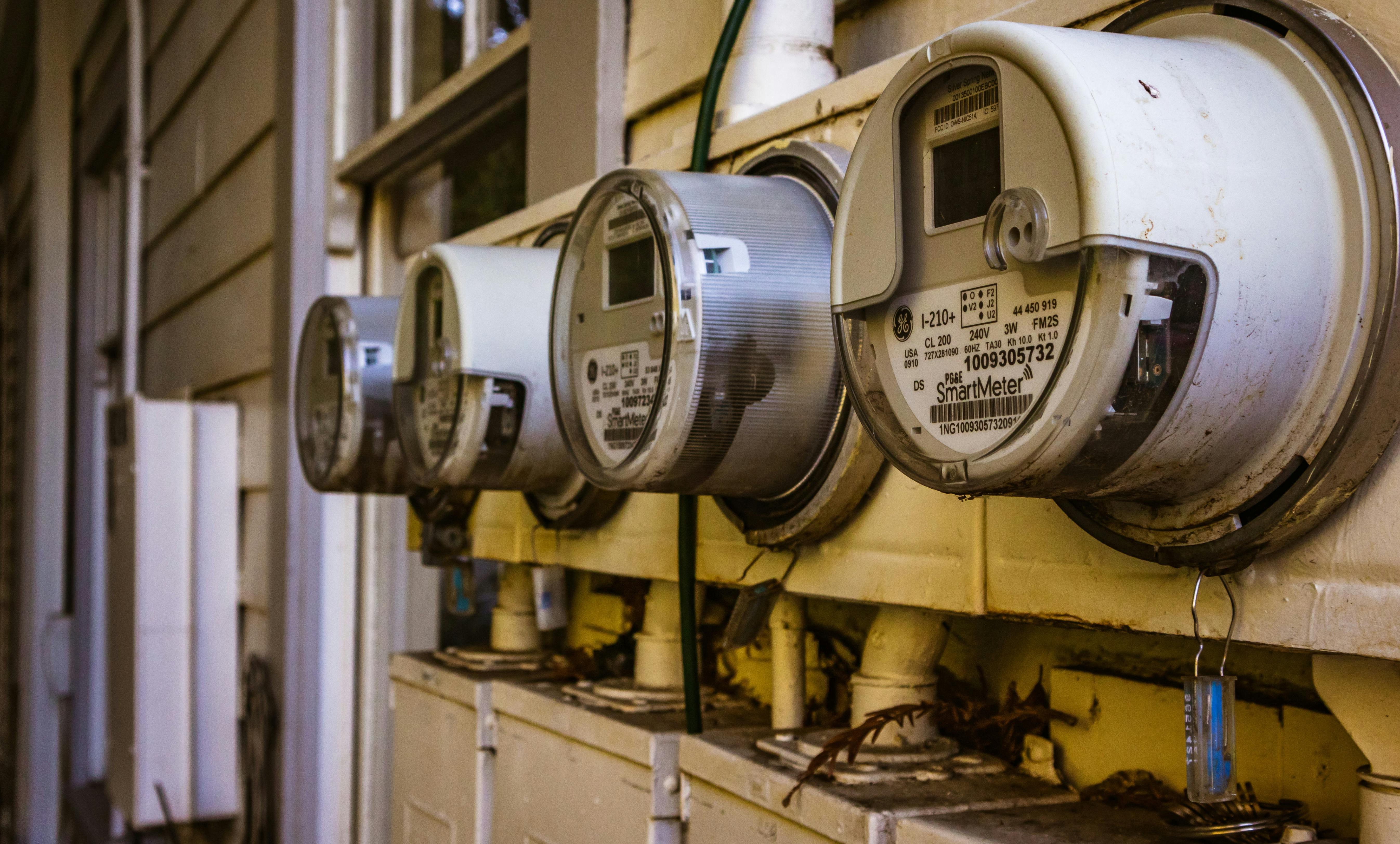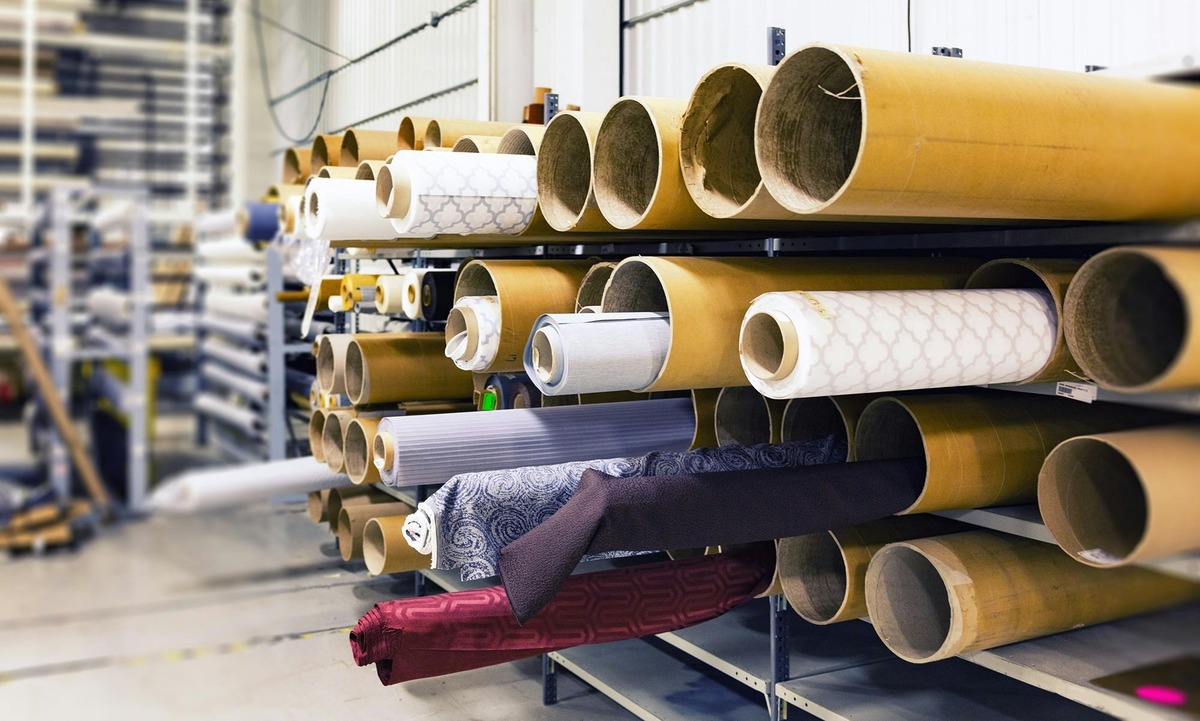Home Textile Market: The Rise of Customizable Home Textiles

Strong 8k brings an ultra-HD IPTV experience to your living room and your pocket.
Introduction
The Global Home Textile Market is experiencing significant growth, driven by changing consumer preferences, rising disposable incomes, and an increasing focus on home décor. Home textiles encompass a wide range of products, including bedding, curtains, towels, carpets, and kitchen linens, which play a crucial role in enhancing the comfort and aesthetics of living spaces. This blog delves into the current state of the home textile market, key players, market segmentation, and future growth projections.
Market Overview:
In 2023, the global home textile market was valued at approximately $119.09 billion. The market is projected to grow to $132.49 billion in 2024 and reach $185.97 billion by 2030, reflecting a CAGR of 5.70% during the forecast period from 2024 to 2030. This growth is fueled by the increasing demand for high-quality home textiles, driven by both aesthetic and functional needs.
Factors Driving Market Growth:
Several key factors contribute to the growth of the home textile market:
- Changing Consumer Preferences: As consumers increasingly prioritize home aesthetics, the demand for fashionable and trendy home textiles is on the rise. This shift has prompted manufacturers to develop innovative designs and patterns to meet consumer expectations.
- Rising Disposable Income: Growing disposable incomes, particularly in emerging markets, have led to increased spending on home textiles. Consumers are willing to invest in high-quality products that enhance their living spaces.
- Online Retail Growth: The proliferation of e-commerce platforms has made it easier for consumers to access a wide range of home textile products. Online shopping offers convenience and a greater variety of options, driving market growth.
- Focus on Sustainable Products: With a growing awareness of environmental issues, consumers are seeking sustainable and eco-friendly home textile products. Manufacturers are responding by offering organic and recycled textile options.
- Global Urbanization: Rapid urbanization has led to increased demand for home textiles as people seek to create comfortable and stylish living environments in urban settings.
Key Market Players:
The home textile market is characterized by the presence of several key players, contributing to a competitive landscape. Notable companies include:
- Shaw Industries
- Mohawk Industries
- Welspun India Ltd
- Springs Global
- Sunvim
- Luolai Home Textile
- Ralph Lauren Corporation
- Fuanna
- Shuixing Home Textile
- Mendale Home Textile
- Loftex
- American Textile
- Evezary
- Shandong Weiqiao
- Beyond Home Textile
- Zucchi
- GHCL
- Veken Elite
- Violet Home Textile
- Sheridan
- WestPoint Home
- Franco Manufacturing
- Yunus
- Lucky Textile
- Tevel
- Dohia
These companies focus on product innovation, strategic marketing, and sustainability to enhance their market presence. Collaborations among these key players enable them to leverage each other’s strengths and drive market growth.
Strategies for Market Leaders:
Key players in the home textile market employ various strategies to maintain their competitive edge:
- Research and Development: Continuous investment in R&D is crucial for developing new textile products that cater to evolving consumer needs. Companies are focusing on innovative designs, materials, and manufacturing processes to stay ahead of the competition.
- Sustainability Practices: As sustainability becomes increasingly important to consumers, manufacturers are adopting eco-friendly practices in sourcing and production. This includes using organic materials and implementing recycling initiatives.
- Brand Positioning: Leading companies are focusing on building strong brand identities that resonate with consumers. Effective branding and marketing strategies help create a loyal customer base and enhance product visibility.
- Geographic Expansion: Companies are exploring opportunities in emerging markets, particularly in Asia Pacific and Latin America, where rising disposable incomes and urbanization are driving demand for home textiles.
- Omni-Channel Retailing: The integration of online and offline sales channels allows companies to reach a broader audience. Offering products through various platforms, including e-commerce and physical stores, enhances accessibility and convenience for consumers.
Market Segmentation:
The home textile market can be segmented based on type and application:
By Type-
- Bedding: This segment includes sheets, pillowcases, duvet covers, and mattress protectors. Bedding products are essential for comfort and sleep quality, making them a significant portion of the home textile market.
- Curtains and Blinds: Curtains and blinds are crucial for controlling light and privacy in homes. The increasing demand for stylish and functional window treatments drives growth in this segment.
- Carpet: Carpets add warmth and aesthetic appeal to living spaces. With the rising trend of home decoration, the carpet segment is witnessing significant growth.
- Towel: The towel segment includes bath towels, hand towels, and kitchen towels. The demand for high-quality and absorbent towels continues to grow due to changing consumer preferences.
- Kitchen Linen: Kitchen linens, including tablecloths, napkins, and oven mitts, play an essential role in kitchen aesthetics. The increasing focus on home cooking and dining experiences is driving demand for kitchen textiles.
- Blanket: The blanket segment encompasses various types of blankets, including throws and comforters. The demand for cozy and stylish blankets is growing, particularly during colder seasons.
By Applications-
- Family Used: The family segment constitutes the bulk of home textile consumption. Households seek quality and durable products for daily use, contributing significantly to market growth.
- Commercial Used: The commercial segment includes textiles used in hotels, restaurants, and other hospitality settings. As the hospitality industry expands, the demand for home textiles in commercial applications is also increasing.
Regional Insights
The home textile market is geographically diverse, with significant contributions from various regions:
North America-
In North America, the home textile market is driven by high consumer spending on home improvement and décor. The increasing trend of home renovations and the popularity of online shopping contribute to market growth. The U.S. is the largest market in this region, with consumers favoring premium and sustainable home textile products.
Europe-
Europe's home textile market is characterized by a strong focus on design and quality. Consumers in this region are increasingly inclined towards eco-friendly and luxury textiles. Countries like Germany, France, and the UK are significant contributors to market growth, driven by a combination of cultural factors and changing consumer preferences.
Asia Pacific-
The Asia Pacific region is experiencing rapid growth in the home textile market, fueled by rising disposable incomes and changing lifestyles. Countries like China, India, and Japan are witnessing increased demand for home textiles as urbanization continues to rise. The growing middle class in these countries is willing to spend on home décor, driving market expansion.
Latin America-
In Latin America, the home textile market is evolving as disposable incomes rise and consumers seek to enhance their living spaces. Countries like Brazil and Mexico are experiencing increased demand for stylish and functional home textiles, driven by urbanization and changing consumer preferences.
Middle East & Africa-
The Middle East and Africa are witnessing a growing demand for home textiles, driven by rising urbanization and a focus on home aesthetics. The hospitality sector in the Middle East is also contributing to market growth, with hotels and resorts seeking high-quality textiles to enhance guest experiences.
Challenges and Opportunities
While the home textile market presents numerous opportunities, it is not without challenges. Here are some key factors affecting market growth:
Challenges:
- Price Volatility of Raw Materials: Fluctuations in the prices of raw materials, such as cotton and synthetic fibers, can impact the profitability of home textile manufacturers. This volatility may lead to increased production costs and affect pricing strategies.
- Competition from Low-Cost Imports: The influx of low-cost textile imports from countries with cheaper labor can pose a challenge to local manufacturers. Companies must find ways to differentiate their products and maintain competitive pricing.
- Changing Consumer Preferences: Rapidly changing consumer preferences can be challenging for manufacturers. Keeping up with the latest trends and demands requires continuous innovation and adaptation.
Opportunities:
- Sustainable and Eco-Friendly Products: The growing demand for sustainable and eco-friendly home textiles presents an opportunity for manufacturers to innovate and capture market share. Developing products made from organic materials or recycled textiles can attract environmentally conscious consumers.
- Technological Advancements: Innovations in textile manufacturing, such as digital printing and smart textiles, offer new opportunities for product differentiation. Companies that embrace technology can enhance product quality and appeal to modern consumers.
- Expanding E-commerce Platforms: The rise of e-commerce presents significant opportunities for home textile manufacturers. By leveraging online platforms, companies can reach a broader audience and increase sales.
- Global Urbanization: As urbanization continues to rise globally, the demand for home textiles will likely increase. Companies that focus on developing stylish and functional products for urban consumers can benefit from this trend.
Innovations in Home Textiles
Innovation is a vital driver of the home textile market. Companies are continuously developing new products and technologies to enhance the performance and appeal of home textiles. Some notable trends in innovation include:
- Smart Textiles: The development of smart textiles equipped with sensors and technology is becoming increasingly popular. These textiles can monitor temperature, humidity, and even health metrics, providing added functionality and comfort for consumers.
- Digital Printing Technology: Advances in digital printing technology allow for more intricate and customizable designs on textiles. This innovation enables manufacturers to offer unique and personalized products that cater to individual consumer preferences.
- Sustainable Practices: Manufacturers are adopting sustainable practices in textile production, such as using organic fibers, implementing water-saving techniques, and promoting recycling. These initiatives not only appeal to environmentally conscious consumers but also help companies comply with increasingly stringent regulations.
- Performance Fabrics: The demand for performance fabrics that offer features like moisture-wicking, stain resistance, and durability is on the rise. These fabrics cater to the needs of modern consumers who prioritize both aesthetics and functionality.
Conclusion
The home textile market is on a growth trajectory, driven by changing consumer preferences, rising disposable incomes, and increasing urbanization. With a projected market size of $185.97 billion by 2030, companies in this sector have significant opportunities to innovate and expand their offerings. To remain competitive, manufacturers must adapt to evolving market trends, prioritize sustainability, and leverage technological advancements. By focusing on quality, design, and eco-friendly practices, companies can position themselves for success in the dynamic home textile market. As consumers continue to seek comfort and style in their living spaces, the home textile market will play a crucial role in shaping the future of home décor. With a diverse range of products and a growing emphasis on sustainability, the industry is well-positioned to meet the demands of a changing consumer landscape, ultimately creating a positive impact on homes around the world.
Note: IndiBlogHub features both user-submitted and editorial content. We do not verify third-party contributions. Read our Disclaimer and Privacy Policyfor details.







